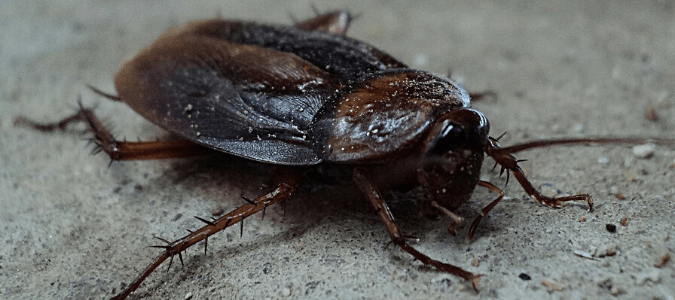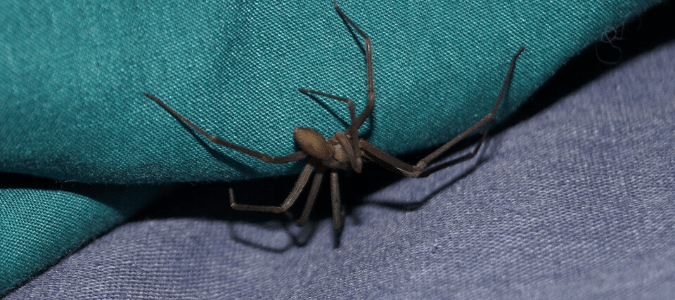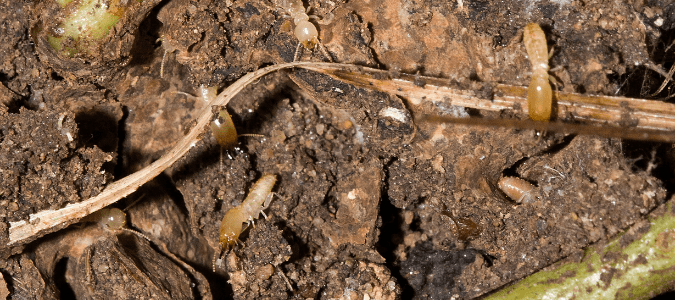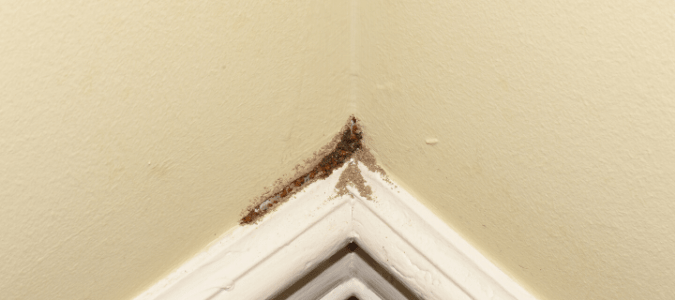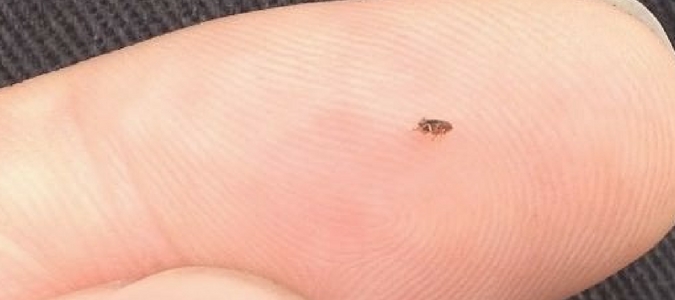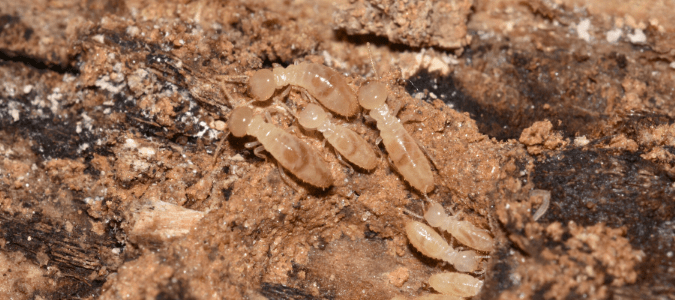Can Bed Bugs Live In Carpet? Your Questions Answered
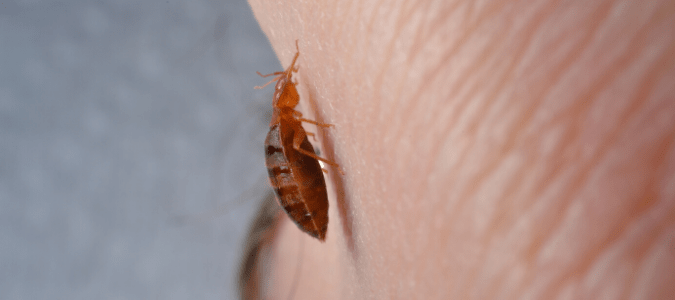
If you’re currently dealing with a bed bug infestation, or wonder if what you have seen in your home are bed bugs, you probably are wondering where these pests can be hiding. Since we typically can’t feel a bed bug bite, it can be difficult to know when we are getting bitten, even if we understandably assume it’s in our beds. To make matters even more complicated, some people don’t have an allergic reaction to a bed bug bite until as long as two weeks after it happens. With that in mind, how can you find these tiny pests? Can bed bugs hide in your carpet? Where else do they tend to spend time?
Yes, bed bugs can live in carpet, as well as in and around just about every upholstered surface in your home. A bed bug’s narrow body lets it hide easily in the smallest cracks and crevices, including … Read Full Post »

